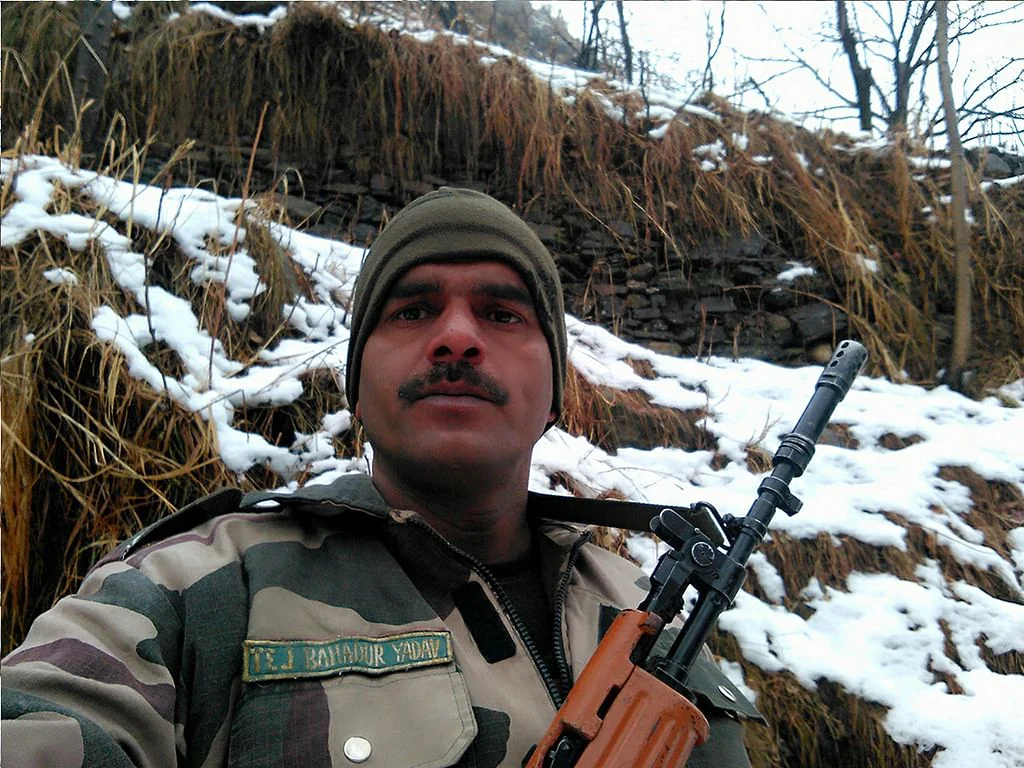
Harsh climatic conditions and taxing workload are said to be the two biggest reasons for upsetting and unsettling some ranks in Kashmir Valley.
Mrinal Pathak in New Delhi
WHEN Central Reserve Police Force (CRPF) Sub-Inspector Fatah Singh wrote the final words, “I am afraid, I may have Corona,” before committing suicide in his barrack, it became yet another curt ending of a central policeman in Kashmir Valley.
A native of Jaisalmer Rajasthan and posted in Mattan Anantnag, Singh ended his life with his service rifle on May 12. Later that day, an Assistant Sub-Inspector of CRPF Bangali Babu of Madhya Pradesh posted in Neelam Cinema Karan Nagar also killed himself.
While the sample of Singh has already been sent for Covid-19 testing, the reason for suicide committed by the latter has still not been ascertained.
But those who track suicide and fratricide cases of Indian paramilitary forces in Kashmir see an old plaguing pattern in the recent twin self-killings.
Dismal Data
Last year, on January 07, 2019, the central government informed Rajya Sabha about the “suspected” suicide of over 80 soldiers, out of which a large number of cases were reported in J&K.
Earlier, in July 2014, the government informed Rajya Sabha that 597 armed forces personnel committed suicide in a period of five years — 2008-2013.
Madness Behind the Method
Sewadari system under ineffectual leadership and humiliation at the hands of the senior officers are known to create resentment among forces.
In past, many reports blamed these factors for soldier suicide.
However, many defence experts suggest that the major reason behind suicides is the living condition of these paramilitary personnel, posted in the tough terrains of the J&K.
In recent times, former Border Security Force (BSF) Constable Tej Bahadur Yadav triggered a massive controversy when he uploaded a video on his Facebook handle in January 2017, alleging that the government had failed the forces and the facilities provided to the troops were “substandard”.

The video became an internet sensation. Later, the BSF denied the allegations and sacked Yadav after a three-month-long proceeding at a summary court-martial held in Samba.
But the figures clearly show that the number of suicides is considerably higher in “poorly-budgeted” paramilitary, than the moneyed military.
Mental Toll
The slender time spent alone in the conflict-ridden Kashmir has proven to taking a toll on the mental health of these government gunmen.
Some reports suggest that advancement of technology is acting as a bane for forces away from home.
It’s believed that the issue of domestic problems conveyed to them by their families at home is another reason for adding stress.
Security Support
To help the distressed force, former Defence Minister AK Antony in 2006, constituted a committee of psychiatrists to examine the alarming rate of suicide in forces.
Soon a team of 400 psychiatrists was sent to J&K to help soldiers in coping with stress resulting in surge of self-killings.
“Steps taken by the government to prevent suicide include professional psychological counseling, workshops on mental health, meditation being made part of the unit routine, yoga classes, improvement in living conditions and liberalised leave policy,” the official report claimed.
A Grim Reality
But as one after another suicide case is being reported in the paramilitary ranks, defence experts term the existing arrangements “far from satisfactory”.
Even as they were dismissed “showpiece” by a top cop in Kashmir recently, CRPF’s role in counter-insurgency operations is well-documented.
The frequent firepower exposure at encounter sites is also seen as the reason behind the escalating mental unrest in some of them.
Follow this link to join our WhatsApp group: Join Now
Be Part of Quality Journalism |
Quality journalism takes a lot of time, money and hard work to produce and despite all the hardships we still do it. Our reporters and editors are working overtime in Kashmir and beyond to cover what you care about, break big stories, and expose injustices that can change lives. Today more people are reading Kashmir Observer than ever, but only a handful are paying while advertising revenues are falling fast. |
| ACT NOW |
| MONTHLY | Rs 100 | |
| YEARLY | Rs 1000 | |
| LIFETIME | Rs 10000 | |












